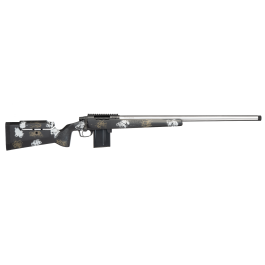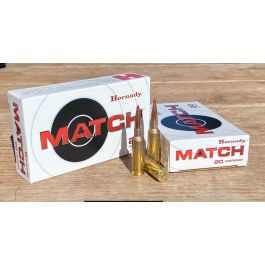Hi everyone,
I’m pretty new to guns overall, despite bing “middle age”. I bought my first gun about 2.5 years ago.
I want to get into long range shooting, and there are sooo many different options & opinions.
I have built a couple of AR’s including a custom <4lb AR that I shoot 2-3 moa consistently from a bag with a 3x dot.
I want to build a precision rifle that can get out to 400m + and will be more capable than I am. Both as a beginner and as I grow into it.
I don’t hunt, this is primarily for range, maybe competition a couple years down the road. Mostly for fun.
Moving into precision shooting is new for me, but I've got a couple of decades experience with shooting AR's and pistols. My comments are based using that knowledge.
Hi everyone,
I’m pretty new to guns overall, despite bing “middle age”. I bought my first gun about 2.5 years ago.
I want to get into long range shooting, and there are sooo many different options & opinions.
I have built a couple of AR’s including a custom <4lb AR that I shoot 2-3 moa consistently from a bag with a 3x dot.
I want to build a precision rifle that can get out to 400m + and will be more capable than I am. Both as a beginner and as I grow into it.
I don’t hunt, this is primarily for range, maybe competition a couple years down the road. Mostly for fun.
1st consideration:
Caliber - I’ve been between .308 and 6.5CM. Mostly because I thought .308 would be easier to get and more cost effective.
But searching recently they look to be pretty close in price and availability.
My understanding is 6.5CM has better ballistics farther out.
Should I be considering anything else?
2nd consideration:
Action - completely overwhelmed here.
Howa 1500? Tikka T3? R700?
I’ve been eyeing a Howa M1500 with the carbon barreled action, complete rifle for a price less than the barreled action sells for.
I assume it’s the exact same barrel/ action
I can swap the chassis & trigger at some point in the future.
Barrel length - 24in?
Where are my blind spots.
What did you wish someone role you when you were first starting?
Thanks!
You've got a couple of years shooting experience with AR's, I'm a long time AR guy myself, new to precision shooting. You don't offer much info about you such as what is your budget, and do you have a place to shoot? Budget is the over riding consideration followed by your ability to shoot regularly. What calibers are your AR's? Do you reload? Unless you have an unlimited budget, building your own and buying off the shelf box ammo could be a real killer.
As with AR's, people on these forums are all over the map. Be prepared for the "gucci gun" guys. They say if you can't build a gun that costs as much as a decent used car, you're wasting your time and money. I say bullshit. The gun world is chocked full of very good factory rifles of all kinds that can be turned into nail drivers with a bit of money, and skill on the shooters part.
I've bought, built and modified a number of AR's. What I have now are off the shelf guns, a 12.5" IWI Zion and an 18" PWI MK116 Pro that can easily put an entire magazine in a 3 inch circle at 300 yards with 1 second between trigger pulls. Cost of each gun with optics is less than 2K. Now 3" is nothing to brag about when precision shooting, but for an AR, the design was never for that.
I reload. This is where the science begins to come in. Hornady's Handbook of Reloading is over a 1000 pages dedicated to this science. The effect of different primers, powders, and bullet sizes create a witch's brew of variables. Now add nature's ever changing environment of wind, barometric pressure, temperature, etc., and the witch's pot only gets bigger. Those who say reloading isn't cost beneficial don't know what they are talking about. I can reload .223 rounds for less than half the cost of buying cheap ammo. I don't include my time as a cost factor because I enjoy playing with these potions of being able to change such an important part of shooting.
I shoot A LOT, easily 300+ rounds a week, every week I can. I live in a rural area and have a 50 and 100 yard range setup on my property. The ability to shoot A LOT is necessary for any shooting skill. This wouldn't be possible if I had to buy boxed ammo. My ammo supply is substantial and I am always reloading. I strongly suggest learning to reload. It teaches wonders about bullet characteristics.
My suggestions are to play into what knowledge you already have. Set a realistic budget for EVERYTHING before you start. I researched for weeks before I bought my setup. Pay no attention to the "Ford vs Chevy", this brand sucks, mine is better crowd. Expensive isn't always better, and bad decisions only cripple you.
I think my setup, a 223 Savage AXIS II Precision with a Vortex Venom 5x25 scope is capable of 1000yd hits depending on my ammo characteristics, maybe longer. It also will double as a coyote killer as we have an abundance of them where I live. It's considered junk by the cork sniffers in here, but I don't give a shit. I stopped listening to that crowd years ago and make decisions based on my own intake of information. In today's world, there are $300 guitars that play every bit as good as a $5K one, I know that from many mistakes made over the years!
Make this about enjoyment and never let it go beyond that. The quest should be about perfecting the skills you already have.



